Kenya is a country in East Africa with numerous national parks, game reserves, and beaches. The country is known for its stunning landscapes, friendly people, and rich culture. Its coast on the Indian Ocean is a popular destination for tourists. The capital, Nairobi, is a regional commercial hub. Plenty of activities keep you busy, including safari tours, hiking, biking, and more. But, what about the weather in Kenya?
Kenya is home to some of Africa’s most iconic animals, including lions, elephants, and giraffes. Visitors can go on safaris to see these and other animals in their natural habitat. Kenya is also home to several beach resorts, where visitors can relax and enjoy the beautiful scenery.
The Weather and Climate In Kenya
The climate of Kenya varies from region to region but generally can be classified as a tropical climate. The northeastern part of Kenya is hot and arid, while the southwest is lush and tropical. The coast experiences heavy rains year-round, while the central highlands are cool and temperate. Due to this diversity, it’s challenging to generalize the weather or climate in Kenya as a whole. However, some patterns can be observed. The weather and climate are important factors to consider when planning any trip to Kenya.
Seasons in Kenya
Wet Season. Kenya’s weather has two rainy seasons. April – May is the longer and heavier rainy season; most of the country’s rainfall occurs during this time. While October – November is a shorter, lighter rainy season. This is the time of year when heavy rain and humidity is high. The wet season is also the time of year when malaria is most prevalent. Visitors should take precautions to avoid mosquito bites, such as wearing a long-sleeved shirt and trousers, using mosquito repellent, and sleeping in mosquito nets.
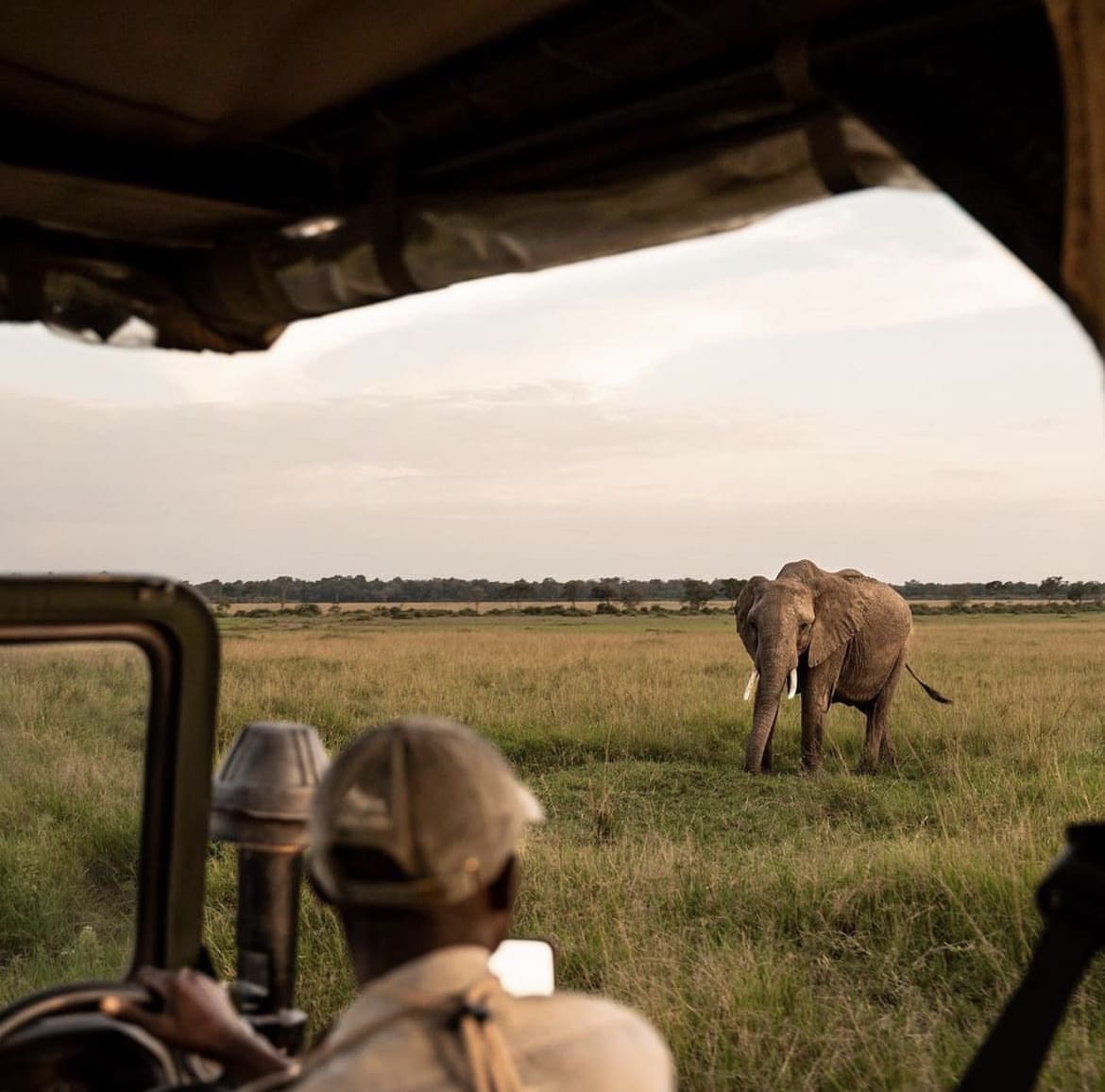
Things to do during the wet season in Kenya
- Visit national parks and reserves – The wet season is the best time to see animals in Kenya’s national parks and reserves. The vegetation is lush and green, and the animals are more active due to the abundance of food. Some National parks to visit are the Amboseli National Park, Tsavo East National Park, and the Maasai Mara National Reserve.
- Do bird watching – The wet season is also a good time for bird watching. The birds are more active and more accessible to spot due to the lush vegetation. You can enjoy bird watching at the Nairobi National Park, Lake Nakuru National Park, and the Samburu National Reserve. Many migratory birds come to Kenya during the wet season so that you can see a wide variety of bird species.
- Visit the coast – The Kenyan coast is lovely during the wet season. The beaches are less crowded, and the warm water is perfect for swimming.
- Shop at the Two rivers mall – The Two rivers mall is one of the largest malls in Africa. It has over 200 shops, restaurants, and a movie theater. The mall in Nairobi is a great place to spend a day during the wet season.
- Visit a museum – Kenya is home to several museums, which are great places to visit during the dry season. Just be sure to check opening times in advance, as some museums may be closed on certain days. The Nairobi National Museum, the Kenya National Archives, and the Fort Jesus Museum are all great places to learn about Kenyan history and culture.

Dry Season. There are two dry seasons in Kenya (December-March and June-September). December – March is the longer and hotter dry season. This is also the peak tourist season, so accommodation and tour prices are higher. June – September is a shorter, cooler dry season. This is an excellent time to visit if you want to avoid crowds and get cheaper rates.
Things to do during the dry season in Kenya
- Go on a safari – The dry season is the best time to go on a safari. The animals are easier to spot due to the lack of vegetation. Plus, the weather is more relaxed and more pleasant. The Amboseli National Park, Tsavo East National Park, and the Maasai Mara National Reserve are great places to go on a safari.
- Explore a national park – Kenya’s national parks are open all year round, but the dry season is the best time to visit them. The weather is cooler and more pleasant, and the animals are easier to spot. Expect to see many animals on your safari, including lions, elephants, and giraffes.
- Visit the coast – The Kenyan coast is lovely during the dry season. Diani Beach, Watamu Beach, and The Malindi Marine National Park are great places to visit. However, the dry season is usually these resorts’ busiest time of year. This means that prices will be higher, and more people will be around.
- Hike mount Kenya – Mount Kenya is the tallest mountain in Africa. It is an excellent place to hike during the dry season as the weather is cooler and more pleasant. The hike can be challenging, but the stunning views are definitely worth it.
- Visit the Ngorongoro crater – The Ngorongoro crater is a large, deep crater home to many animals. It is one of the best places in Kenya to see wildlife. You can expect to see lions, elephants, and rhinos in Ngorongoro. However, the dry season is also the busiest time of year so prices will be higher and more people will be around.
- Take a trip to Lake Turkana – Lake Turkana is a great place to visit during the dry season. The weather is cooler, and the lake is less crowded. Plus, you can enjoy activities such as fishing, swimming, and windsurfing.
- Visit the Nairobi Gallery of National Archives – The Nairobi Gallery of National Archives is a great place to learn about Kenyan history and culture. The gallery has a vast collection of documents, photographs, and artefacts. It is open every day except Sunday, and admission is free.
- Witness the great migration – The great migration is one of the most spectacular natural events in the world. Over two million animals yearly migrate from Tanzania to Kenya for food and water. The best time to witness the migration is during the dry season, as the animals are easier to spot. You can see the migration in the Maasai Mara National Reserve.
- Ride the Madaraka Express – The Madaraka Express is a new high-speed train that connects Nairobi to Mombasa. The journey takes about 4 hours and is a great way to see the country. The train has first-class and standard-class tickets.
- Snorkel in the Indian Ocean – The Indian Ocean is a great place to snorkel during the dry season. The water is warm and clear, and there is much colorful fish to see. Get the chance to see turtles, sharks, and dolphins.
- Take a hot air balloon ride – A hot air balloon ride is a great way to see Kenya from above. The ride takes about an hour, and you will see the animals and landscape from a different perspective.


Factors influencing the weather and climate in Kenya
Location. Kenya is located on the east coast of Africa, just south of the equator. This location gives the country a tropical climate, with warm temperatures and high rainfall.
Altitude. Kenya is a country of contrasts, with high mountains, low plains, and everything in between. An area’s altitude can significantly impact the climate, as higher areas are usually cooler than lower areas.
Rainfall. Rainfall is one of the most significant factors influencing the weather and climate in Kenya. The country has two rainy seasons, the long rains and the short rains. These seasons are caused by the movement of the Intertropical Convergence Zone (ITCZ), which is a band of low pressure that encircles the earth near the equator.
Elevation. Kenya has a wide range of elevation, from the lowlands near the coast to the highlands in the central and western regions of the country. The higher elevation areas tend to be cooler than the lower areas.
Proximity to the equator. Kenya’s proximity to the equator means it experiences slight seasonal variations in temperature. However, the country does have a wet and dry season, which is influenced by the movement of air masses.
Ocean currents. The Indian Ocean currents play a role in influencing the climate of Kenya. These currents help to moderate the country’s temperature, making it more relaxed than other parts of Africa.
East African Rift Valley. The East African Rift Valley is a significant geological feature that runs through Kenya. This rift valley significantly impacts the climate, affecting air circulation and precipitation patterns.
The Indian Ocean. The Indian Ocean has a significant impact on the weather and climate of Kenya. The ocean helps to moderate the country’s temperature, and its currents influence the amount of rainfall Kenya receives.
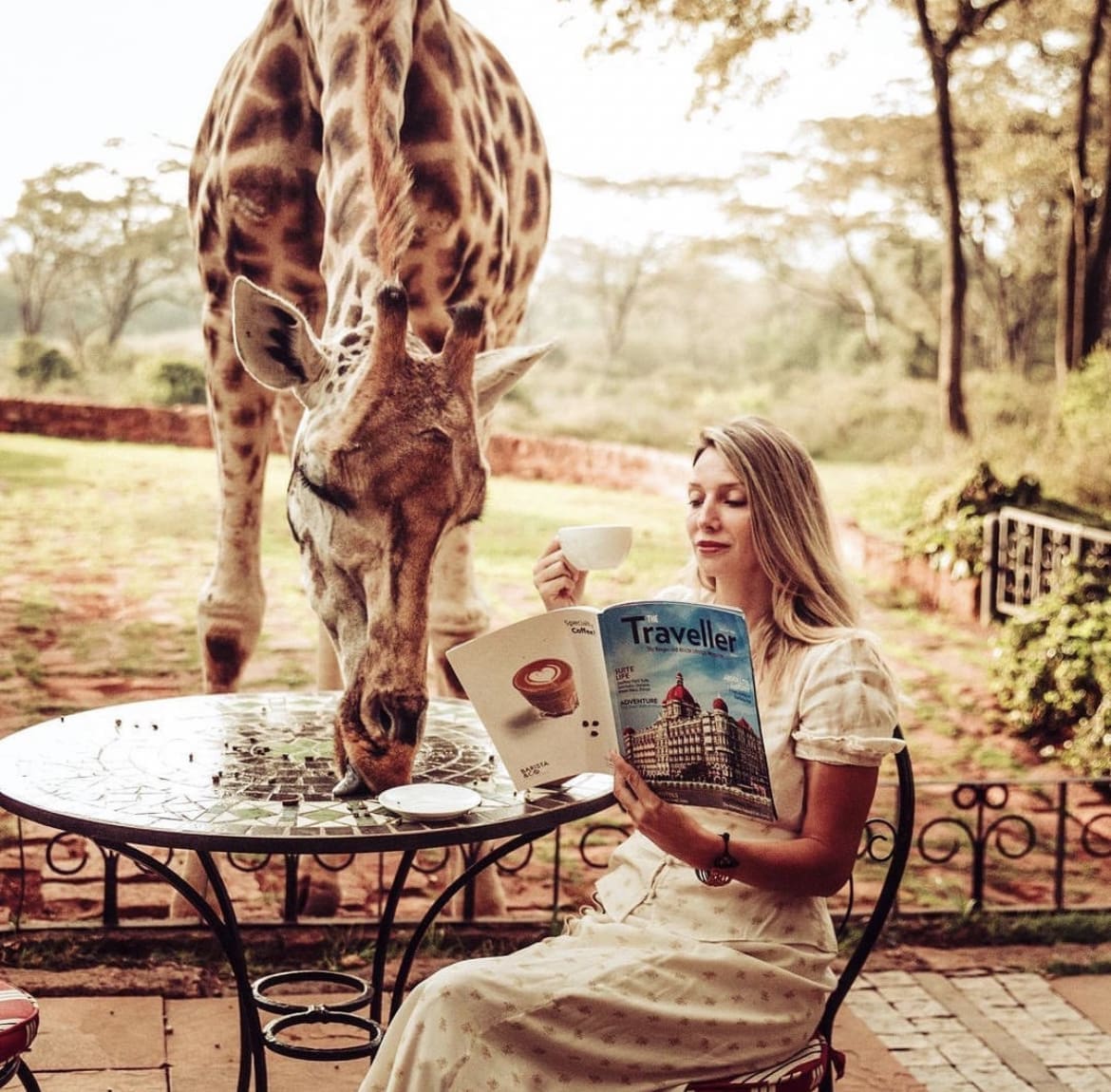

Monthly breakdown of the weather and climate in Kenya
January–March: The weather is warm and dry in most parts of the country.
April–May: These months have a long rainy season with heavy rainfall and slightly cooler temperatures.
June–August: There is a short rainy season when rainfall is lighter, but temperatures are still warm.
September–October: The weather is warm and dry in most parts of the country.
November–December: This is the hot, humid season along the coast. Temperatures are also warm inland but not as hot as on the beach.
The best time to visit Kenya
The best time to visit Kenya depends on what you want to do while in the country. If you’re looking to go on a safari, the best time to visit is during the dry season, from January to March or from June to October. These months have the best weather for game viewing. If you’re looking to avoid the crowds, the shoulder months of April and November are a good time to visit.
For beach holidays, the best time to visit is during the dry season, from December to March. These months have the warmest temperatures and the least amount of rainfall. If you’re looking for a bargain, the off-peak months from April to June are an excellent time to visit, as prices are lower.
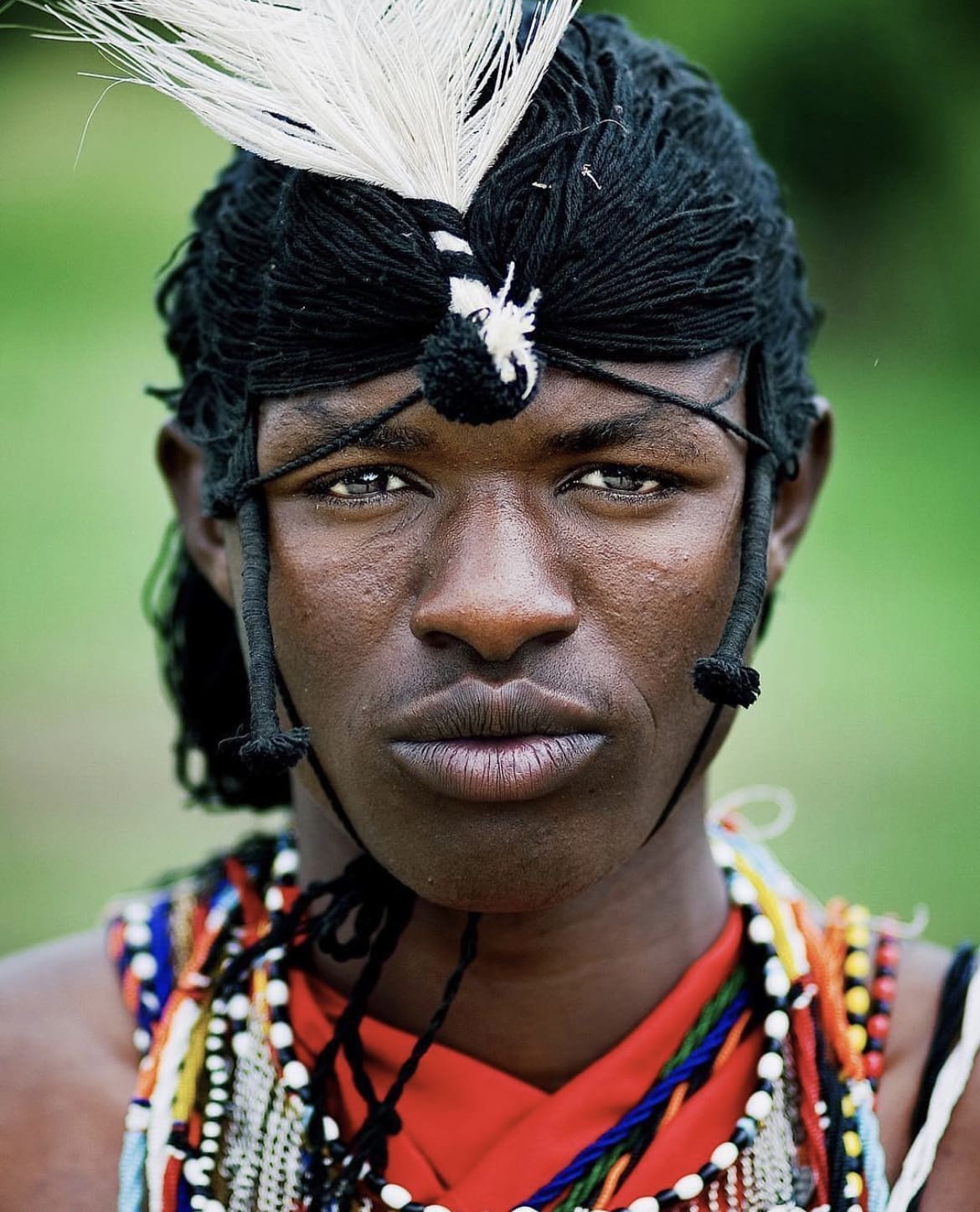
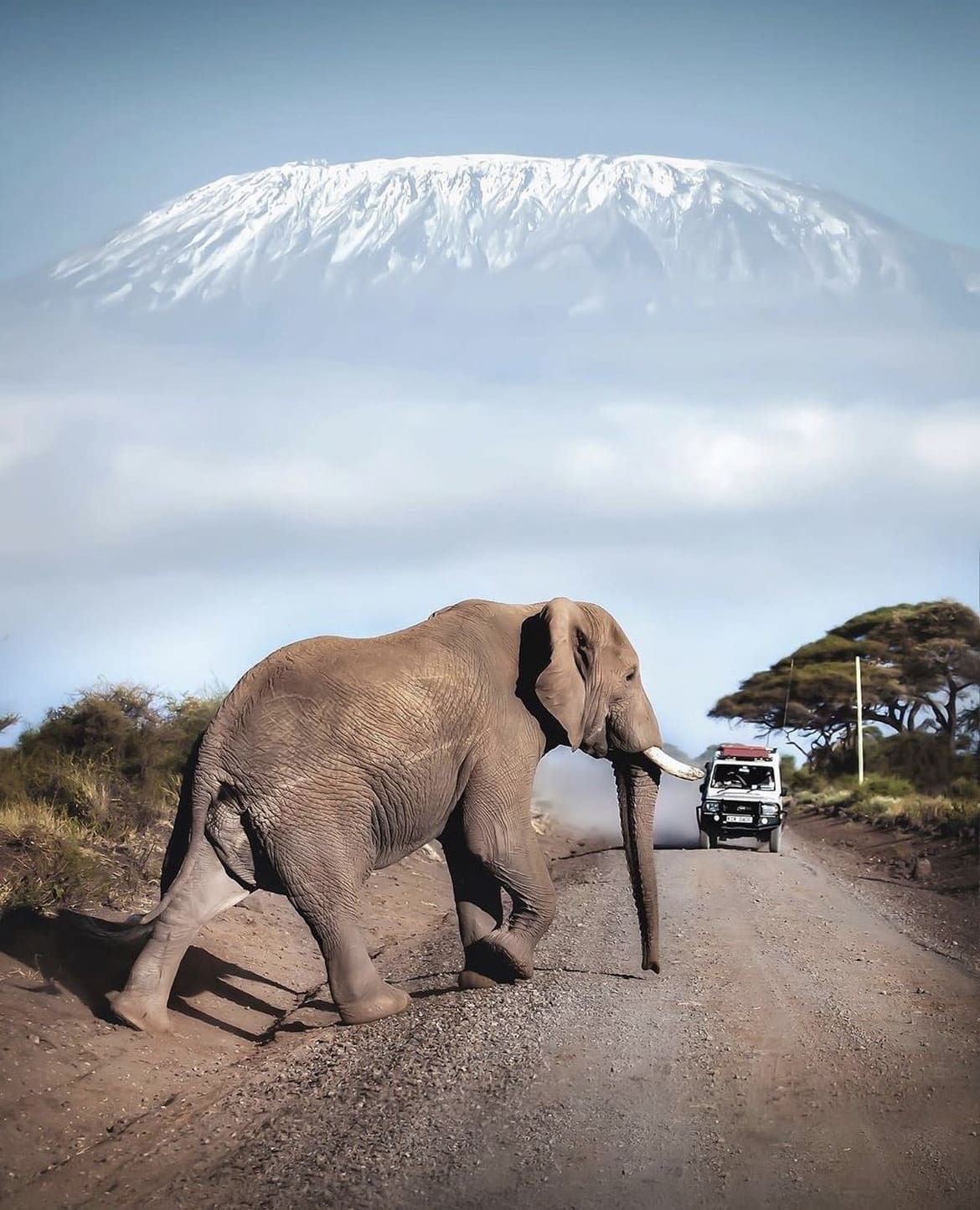
What to pack for Kenya
When packing for Kenya, it’s essential to consider the country’s climate and geography. The coastal areas are warm all year round, so you’ll need to pack light, airy clothing. Inland areas can be cool, so you may need to pack a jacket or sweater for chilly evenings. The highlands can be cold, so you’ll need to pack warm clothing for this region.
Remember to pack binoculars and a camera if you’re planning a safari. You’ll also need sturdy shoes or hiking boots, as you’ll be doing much walking. And don’t forget to pack insect repellent, as there are many mosquitoes in Kenya.
Some other essential things to bring include: Travel insurance documents for your trip, your passport and visa (if required), and cash or a debit/credit card for paying for expenses. You can also pack some basic Swahili phrases for interacting with locals. All of these will help to make your trip to Kenya more enjoyable.

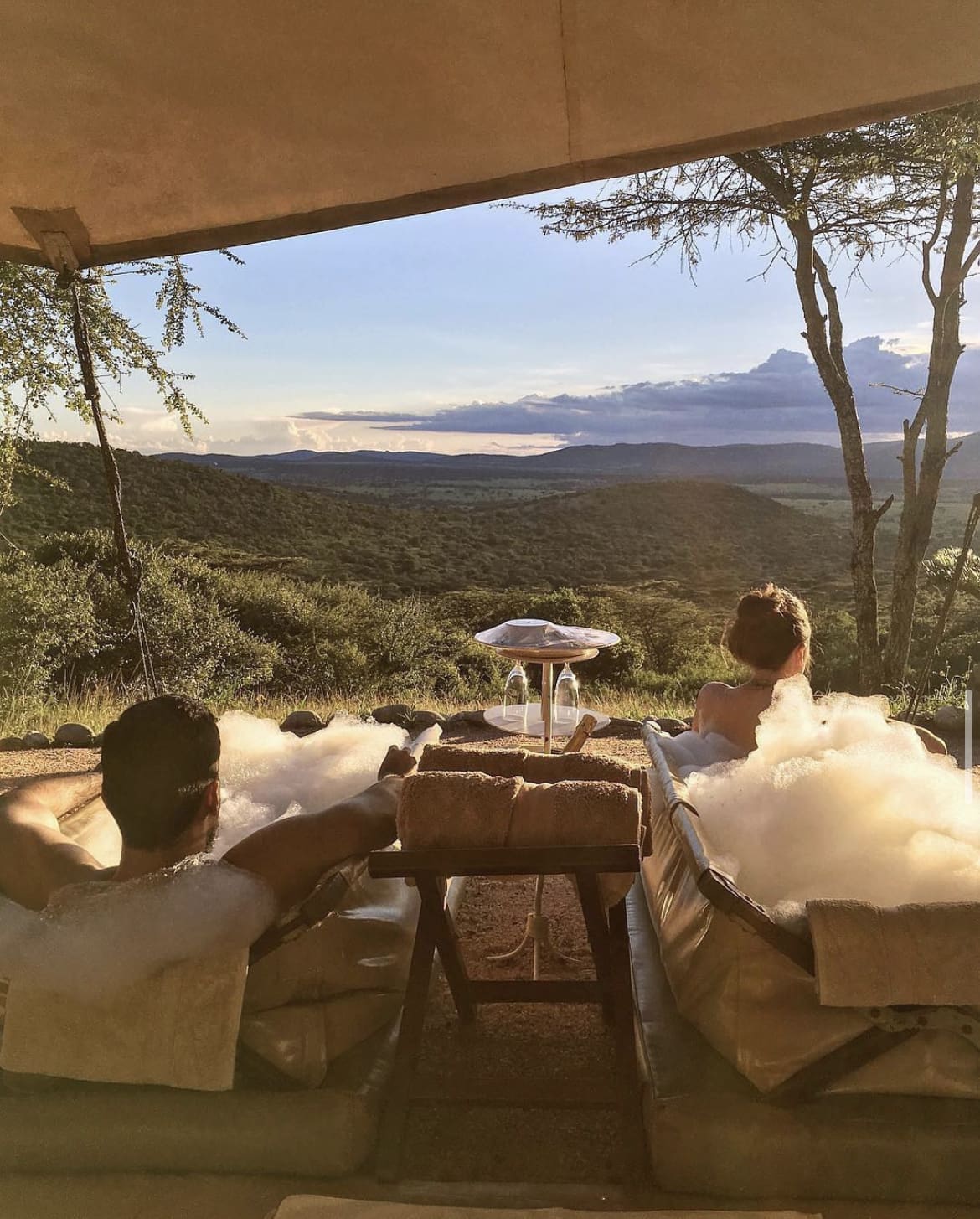
Conclusion
Kenya has a diverse climate, so the best time to visit depends on the region you’ll be traveling to. The coastal areas are warm all year round, making them ideal for beach vacations. Inland areas can be cool, so it’s best to visit during the dry season. The highlands are the coldest part of the country, so you’ll need to pack warm clothing if you’re planning to visit this region. Now that you know more about the weather and climate in Kenya, you can start planning your trip. Remember the best time to visit and what to pack, and you’ll have a wonderful time in this beautiful country.
